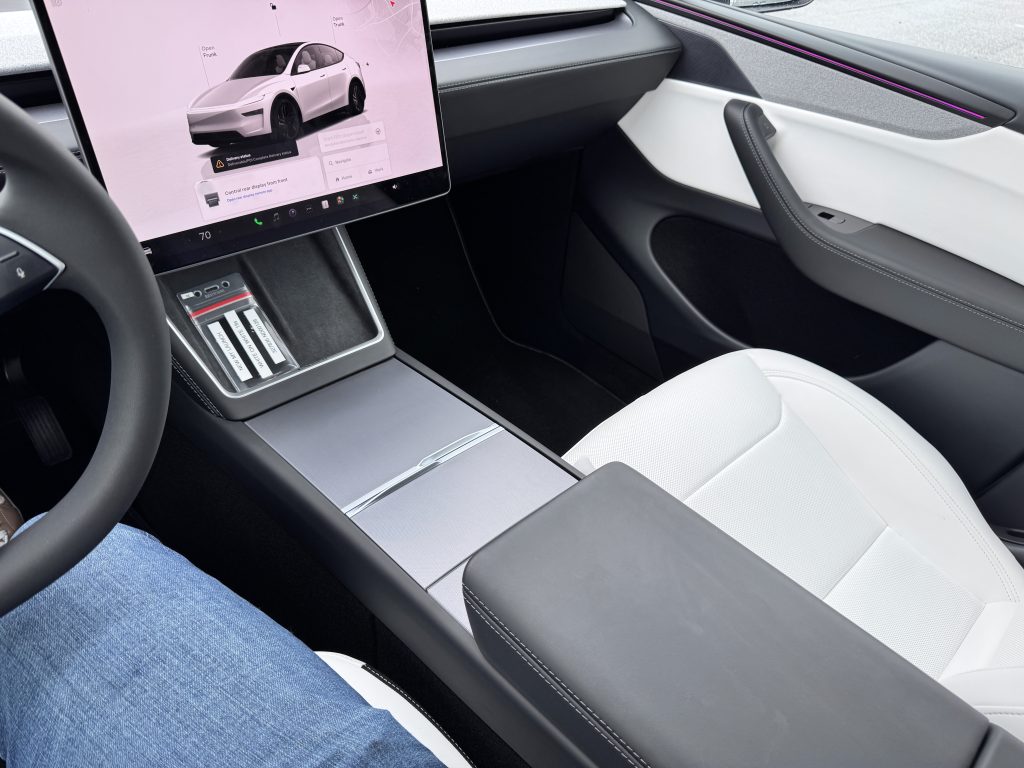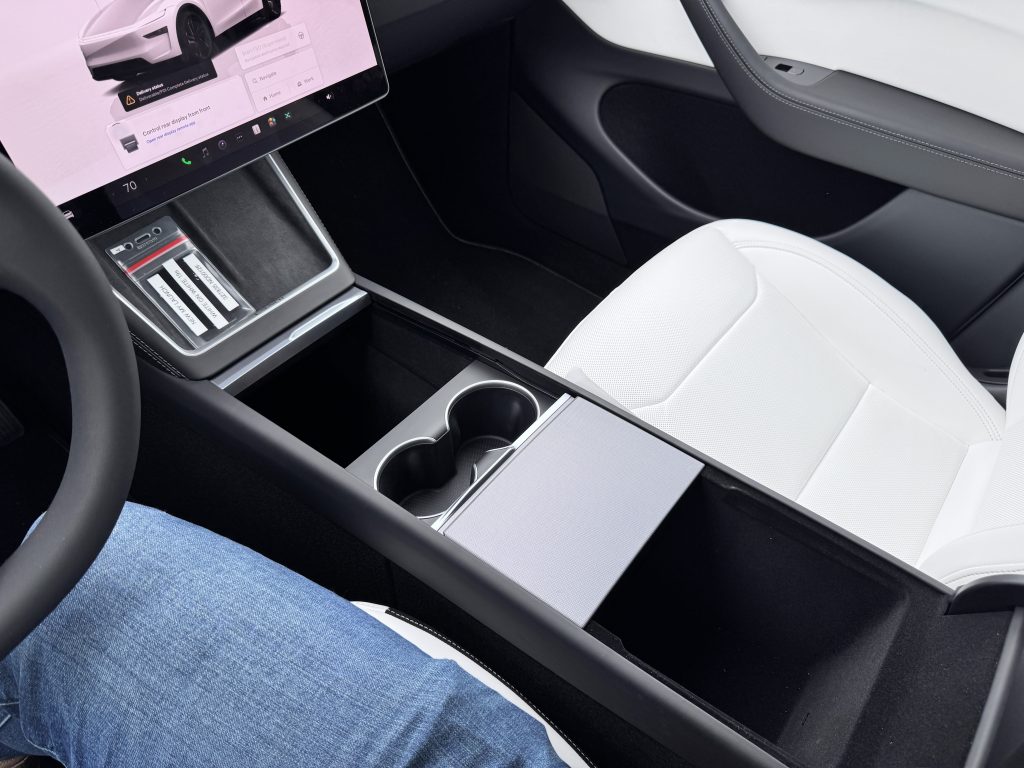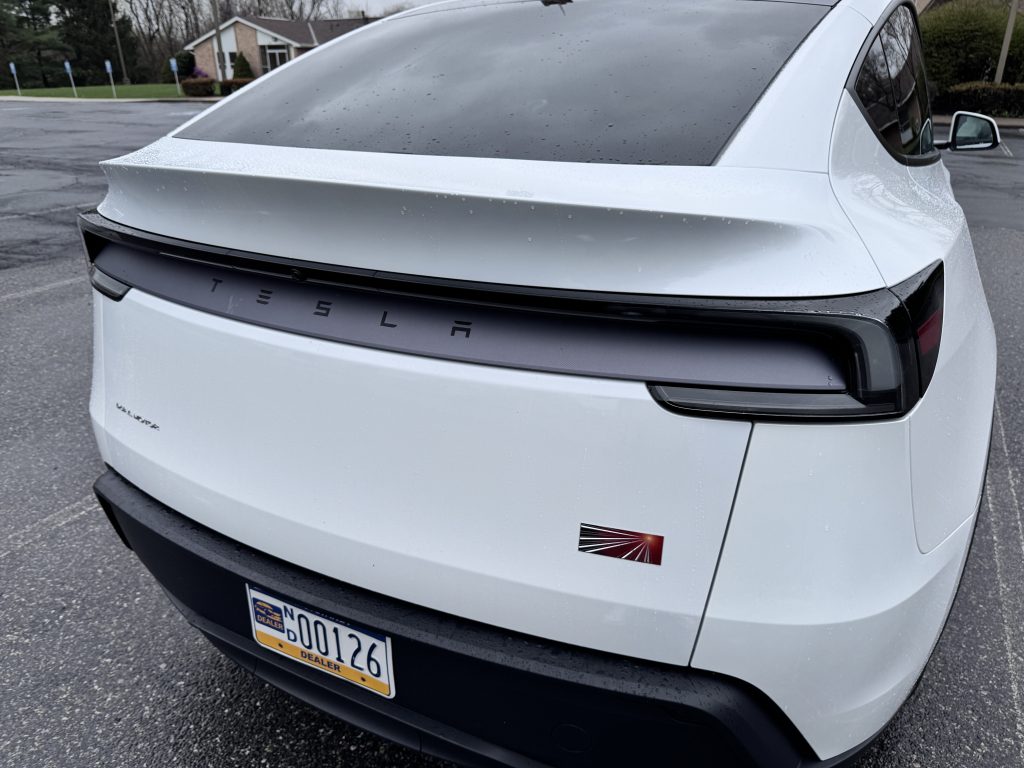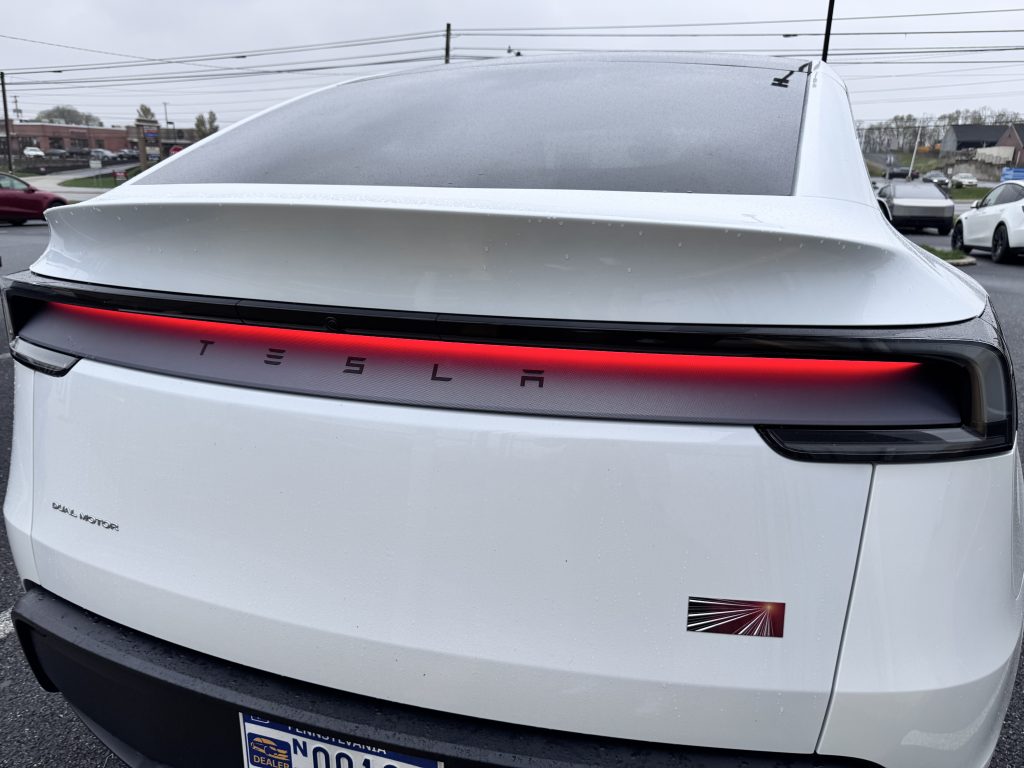News
Musk, Straubel, and Panasonic exec talk about the Gigafactory
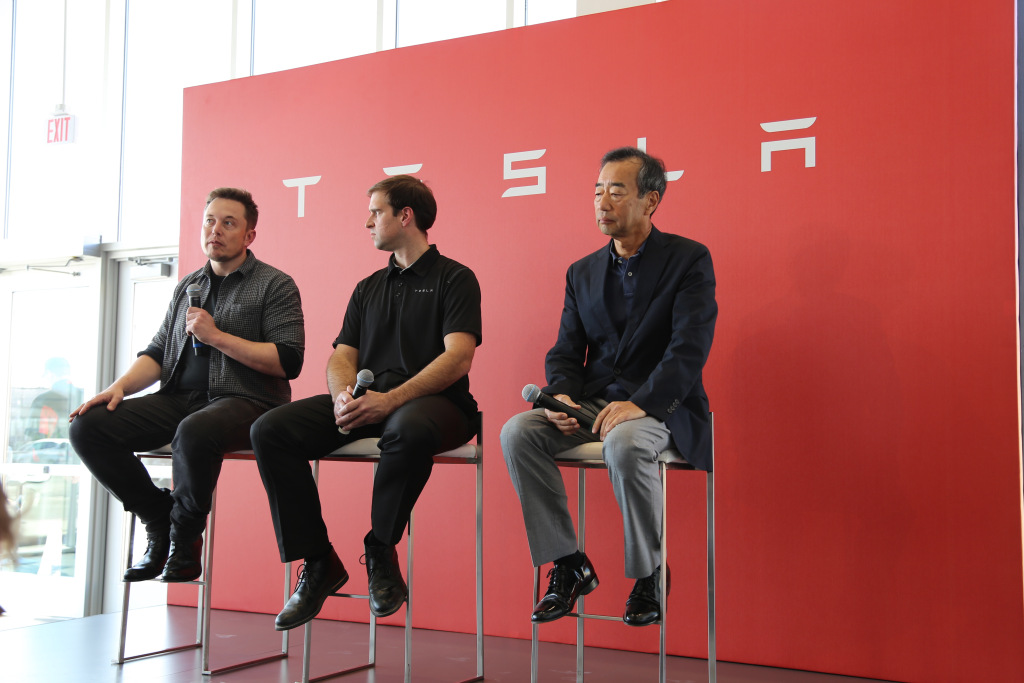
The world is beating a path to the Tesla Gigafactory in advance of the grand opening celebration on Friday. Wednesday evening, Elon Musk, JB Straubel, and Panasonic executive vice president Yoshihiko Yamada took questions from the press in a wide ranging discussion that covered many topics. Here are some of the highlights.
On the Gigafactory
Musk: “The factory itself is considered to be a product. The factory is the machine that builds the machine. It actually deserves more attention from creative and problem solving engineers than the product it makes. What we’re seeing, if we take a creative engineer and apply them to designing the machine that makes the machine, they can make 5 times as much headway per hour, than if they work on the product itself.”
Then he added, “It may sound a little strange and sentimental but I find it to be quite romantic. The final shape will be a diamond, aligned on true north, I like that. It seems incredibly romantic. By the way there’s 10,000 wild horses in the area. They just hang out. We have construction ponds for water, so its quite cool to see the horses drink from the construction ponds.”
Yamada: “Three years ago I thought this gigantic Gigafactory idea was crazy. Because then the production of the factory would exceed production of the industry. I thought it was a crazy idea. But I was crazy, and I was wrong after seeing extreme success of the announcement of the Model 3 and the strong demand.”
The 2170 Battery Format
Straubel: “We’ve spent a lot of time on this actually. It’s kind of interesting. There are a bunch of trade offs. There are some things that get better when you make the cell size bigger, and some things that get worse. 18650 was sort of an accident of history. That was what was standardized for early products. So we revisited all of those trade offs and came to this size, which is quite a bit bigger. If you have them next to each other, the actual volume of materials inside is substantially more. And overall it’s about cost optimization.”
Musk: “It really comes from the first principles of physics and economics. That’s the way we try to analyze everything. To say like if no cell existed in the world, what size should it be? What is the size that would achieve the product characteristics we’re looking for, but would be fundamentally optimal? 18650 is not optimal.”
Paying For The Gigafactory
“One part of that is working with strategic partners like Panasonic. We are seeing very good participation from our supplier for the capital costs of the Model 3 ramp. So we are going to fund it by Model S and Model X revenue, with money we have right now, with potentially a modest capital raise, but not a significant one. In a nutshell, there may be a capital raise, but it’s not going to be a huge one.”
Panasonic’s Relationship With Tesla
Yamada: “I want to explain to you the relationship with Tesla and Panasonic. I used to be in charge of components five or six years ago. At that time our relationship with Tesla was one of supplier and customer. A conventional business relationship.
“But since we started discussion on the Gigafactory that’s completely changed. One example, is production capacity is now two or three times more. Why? Because Tesla and manufacturing people worked together. We are discussing these details. This type of relationship is quite new for business. We are not the simple buyer and supplier relationship.”
Musk had a great deal more to say about ramping up for production of the Model 3, solar power and energy storage. We will cover those topics separately.
Source and photo credit: Fortune

News
Tesla Supercharger in Washington bombed, police and FBI step in
Tesla is working with local authorities and the FBI to identify the perpetrator of the latest Supercharger vandalism event.
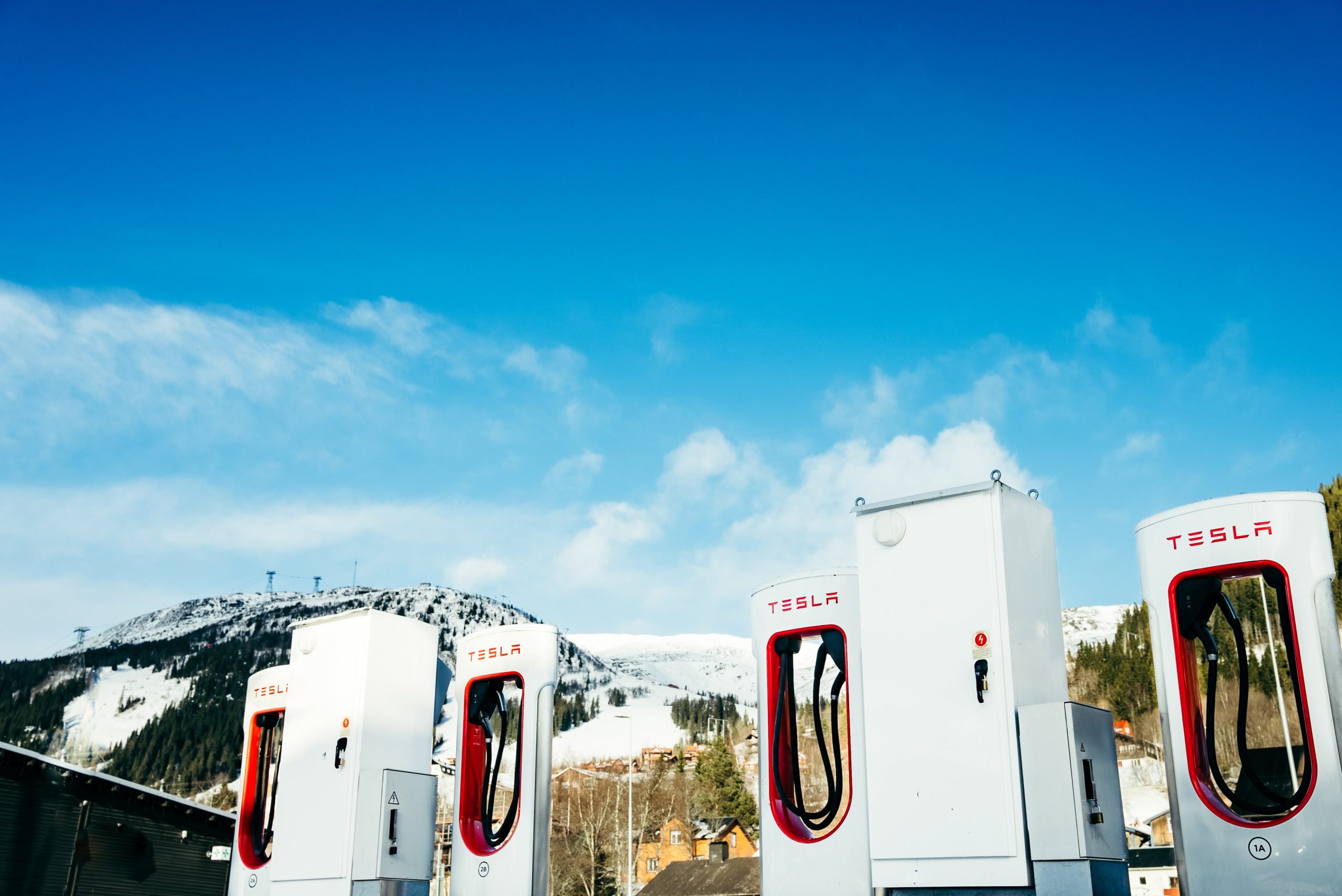
Yet another vandalism event has occurred at a Tesla Supercharger station in Washington this week, in what appeared to be a bombing that took place overnight.
On Tuesday, Tesla’s Charging account on X said that it was on-site with local police and the Federal Bureau of Investigation (FBI) at a Supercharger station in Lacey, Washington, after an apparent bombing destroyed the transformers attached to the site.
“We’re on-site with Lacey Police and FBI, and reviewing camera footage,” Tesla writes. “Also coordinating with Puget Sound Energy to get the Superchargers back online asap. Don’t mess with critical infrastructure.”
The person who originally posted the photos on Facebook said that he owns the adjacent property and plans to review camera footage to help try to identify the perpetrator.
Lacey Police said the blast took place around 1:34 a.m., and officers received multiple calls about the loud noise before being dispatched to the scene.
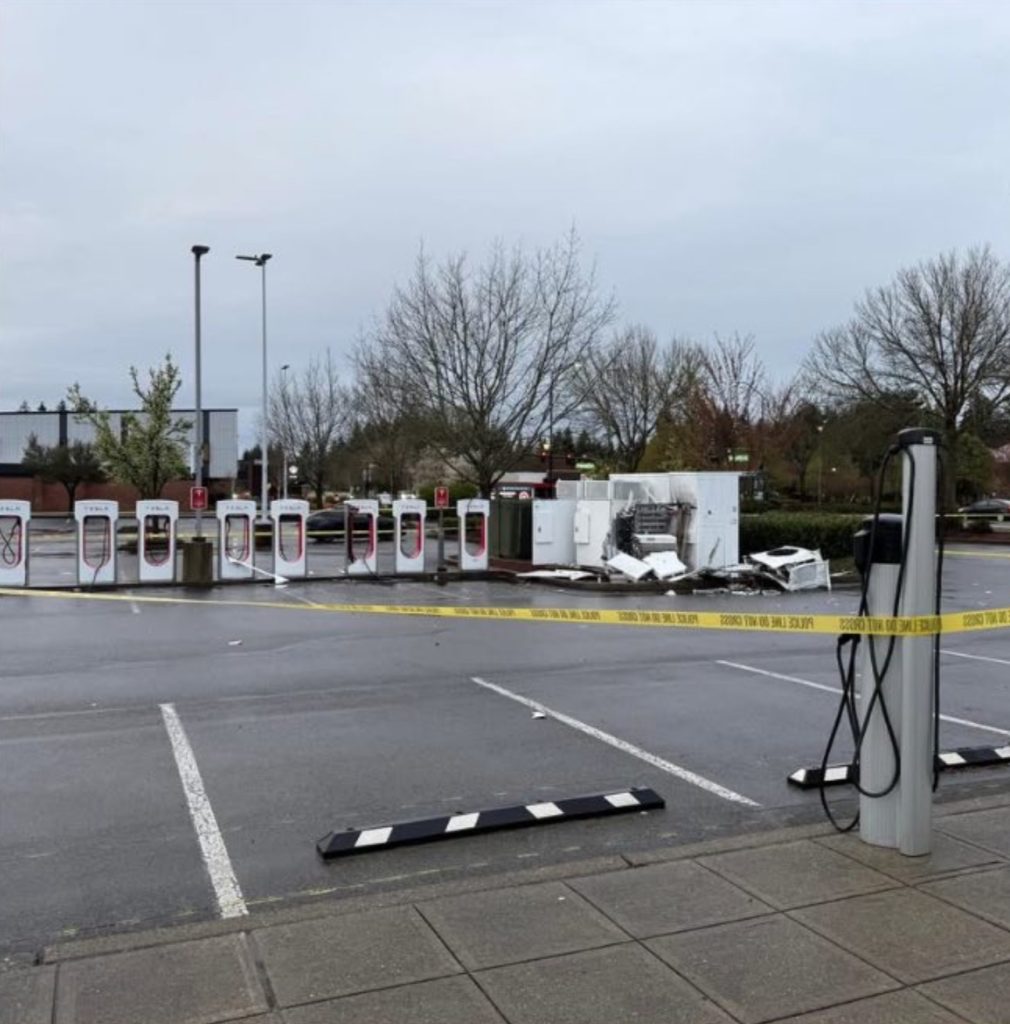
Credit: Dan Solie | Facebook (via bnkwupt on X)
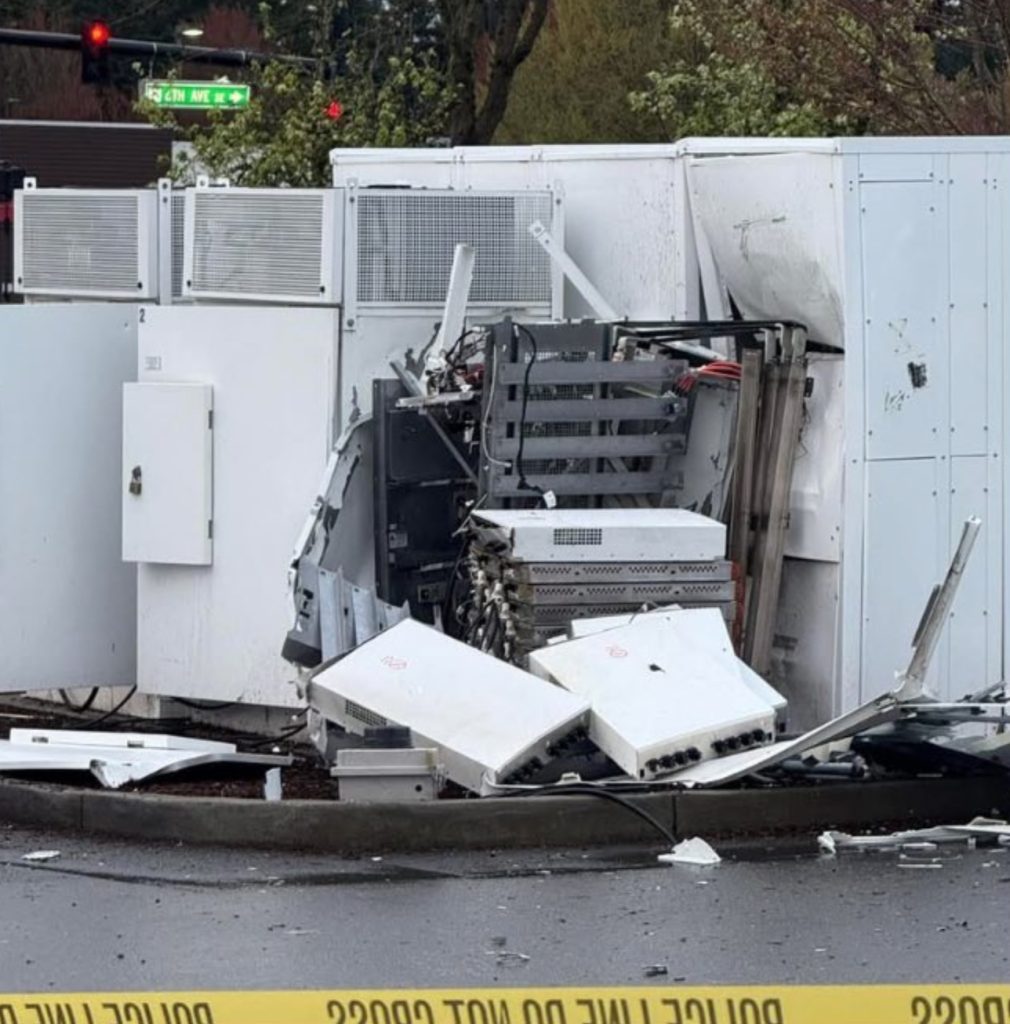
Credit: Dan Solie | Facebook (via bnkwupt on X)
READ MORE ON TESLA VANDALISM: Florida man charged after trying to hit Tesla protestors with car
The latest attack comes in the midst of a wave of vandalism events against Tesla’s vehicles, chargers, and stores, and as many continue to protest at the company’s locations over CEO Elon Musk and his involvement with gutting federal agencies for the Trump administration as part of the newly created government efficiency division.
Last month, Trump said that attacks against Tesla’s vehicles and stores would be labeled domestic terrorism, and the FBI has gotten involved in several related cases around the U.S. While the vandalism events have been taking place around the U.S. and the world, the FBI has also been investigating multiple other attacks in Seattle and other parts of Washington, including a recent event in which six Cybertrucks were tagged with swastikas in Lynnwood.
Protests have also been targeting Tesla’s stores for the past several Saturdays, with a larger “Tesla Takedown” movement taking shape with more than 500 coordinated protests at 277 store and Supercharger locations.
Anti-Musk protester temporarily arrested in Berlin for poster with Nazi salute
News
I took a Tesla new Model Y Demo Drive – Here’s what I learned
The new Tesla Model Y has plenty of improvements that make it much better than its past version.
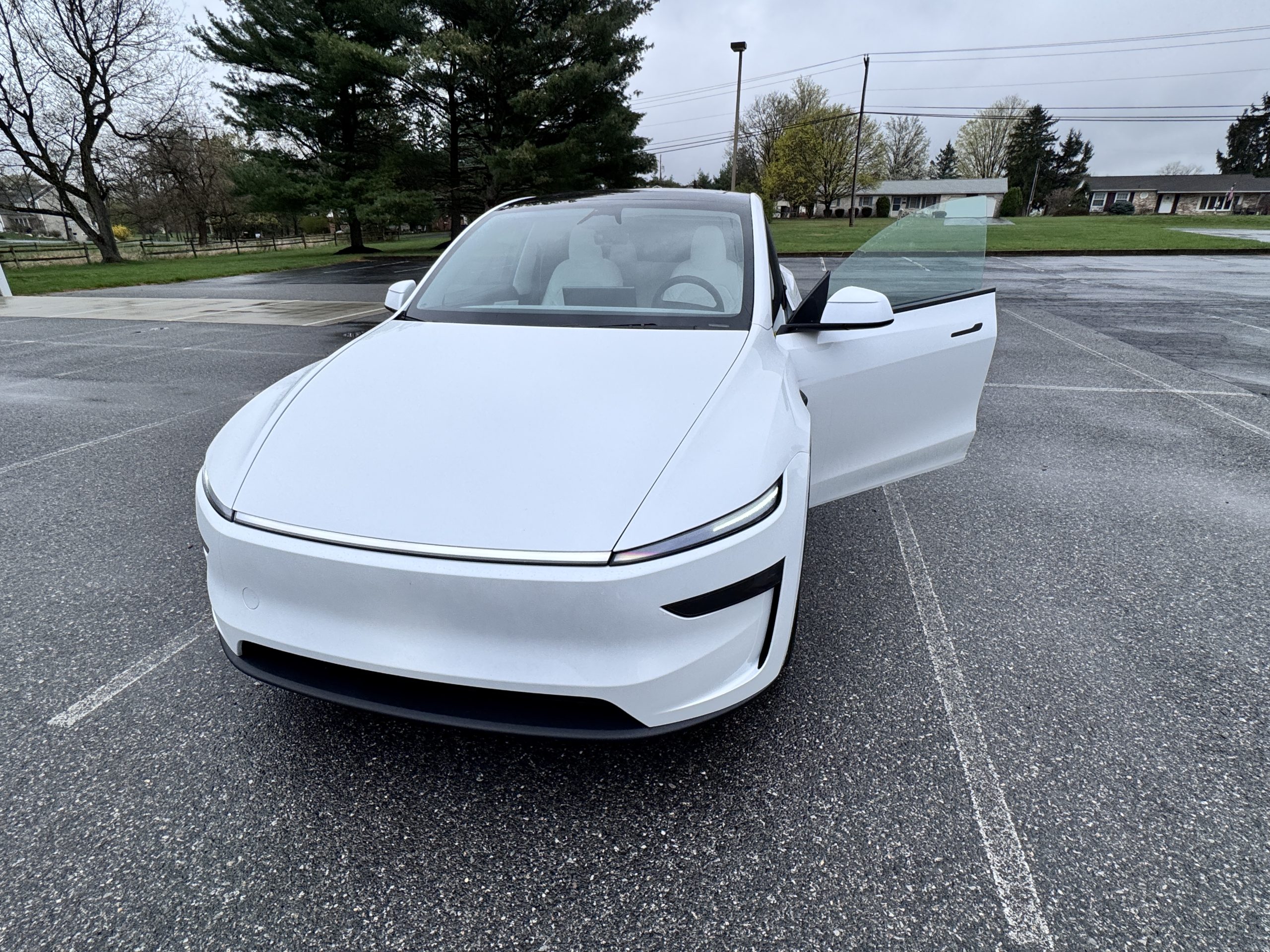
As the new Tesla Model Y arrived at a local showroom for Demo Drives, I swiftly signed up for one to compare the legacy model to what the company is hoping is an even better version of its best-selling vehicle. Coming off of a Legacy Model Y Demo Drive just two months ago, as I was planning to buy one, I had a good understanding of what was improved and what was not.
To make a long story short, I’m really happy I did not pull the trigger on the Legacy Model Y in February. The new Tesla Model Y is truly a much-improved version of what was already a great vehicle, and while I still think the Cybertruck is the best vehicle in Tesla’s lineup, the new ‘Juniper’ is right up there with it.
First Impressions
The first thing I really took note of was the massively changed exterior. The addition of the light bar on the front and the taillight bar that glows were two modernized designs that Tesla chose to implement on this vehicle.
While I never disliked the look of the Legacy Model Y, this is simply better. It’s more modern, slightly cleaner, and truly starts to give off the vibes of the Cybercab, which Tesla unveiled in October 2024.
Overall, the vehicle, in terms of dimensions, is not incredibly different from the past version. The look is really what changed here, and in my opinion, it’s for the better.

Fit and finish were really great. A quick inspection showed the car had been put together very well, and the Sales Advisor, who recently took a trip to Gigafactory Texas and viewed the new Model Y line, said Tesla has been really paying attention to the condition of these vehicles as they leave the factory.
Tesla had a very distinct focus on eliminating excessive panel gaps and aesthetic issues before they leave the factory.
Interior Changes and Higher Quality Materials
In the past, I’ve been sort of hesitant to buy Teslas because, for $35,000+, I felt like some of the interior parts were cheap. Most notably, the sliders above the storage and cupholders and the center console were things I felt should be of higher quality.
This was a big improvement. All of the compartment doors and covers felt much better in terms of overall quality. Nothing was creaky or cheap feeling, and paying $41,000 for a car (after tax credit) should come with materials that are a much better quality.
The steering wheel had a good shape, and the bottom portion of it being flat was not anything crazy, but it was nice.
My favorite tidbit of information was regarding the ambient lighting. Tesla did not run it as far back on the doors in the new Model Y as it did in the Model 3 Highland. Also, many owners apparently complained about the reflection of the ambient lighting on the windshield when they were driving.
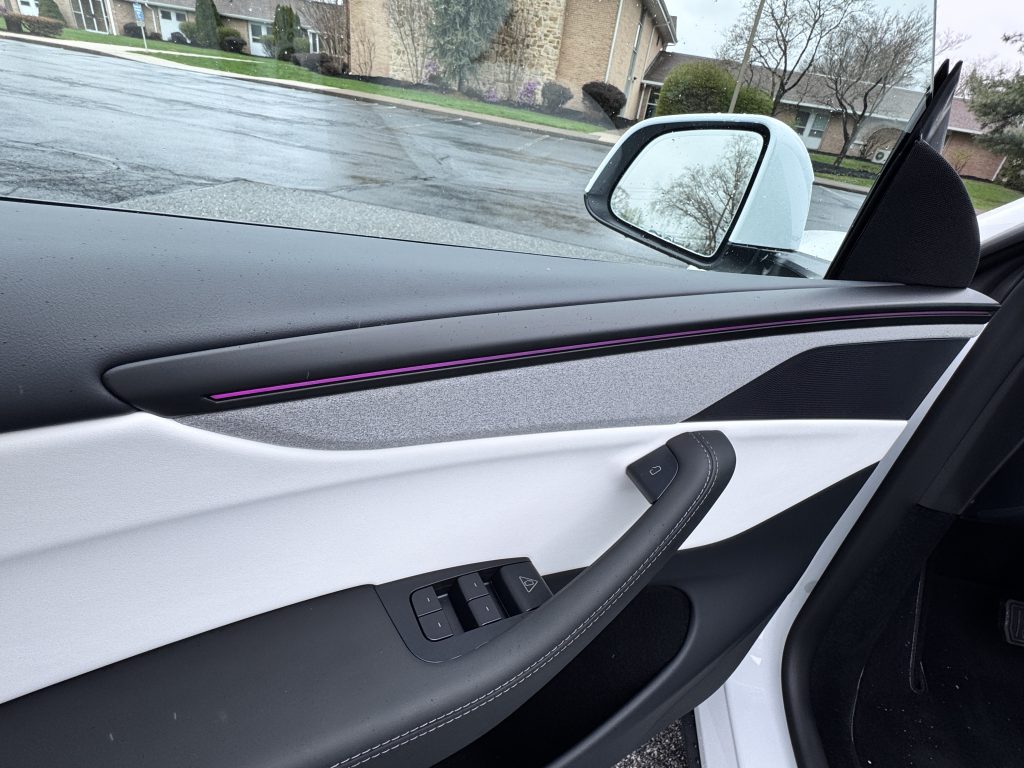
Tesla fixed this by covering the ambient lighting and pushing it into a nook that was designed for the lights specifically. There is no longer any reflection of the ambient lighting on the windshield, so it’s important to note that Tesla didn’t take the Highland interior and put it right inside the new Y.
Suspension Improvements Were the Best Part
By far, my favorite fixes were the suspension improvements. While the fixes to overall interior quality and the look are great, the feel when driving the car is truly more important.
The Model 3 Highland had a really great improvement from its past iteration, as I was able to test it with some spirited driving on Pennsylvania backroads. I felt the same way about the new Model Y. You can truly feel a lot of the things Tesla did to make the ride more comfortable in the new version of the crossover.
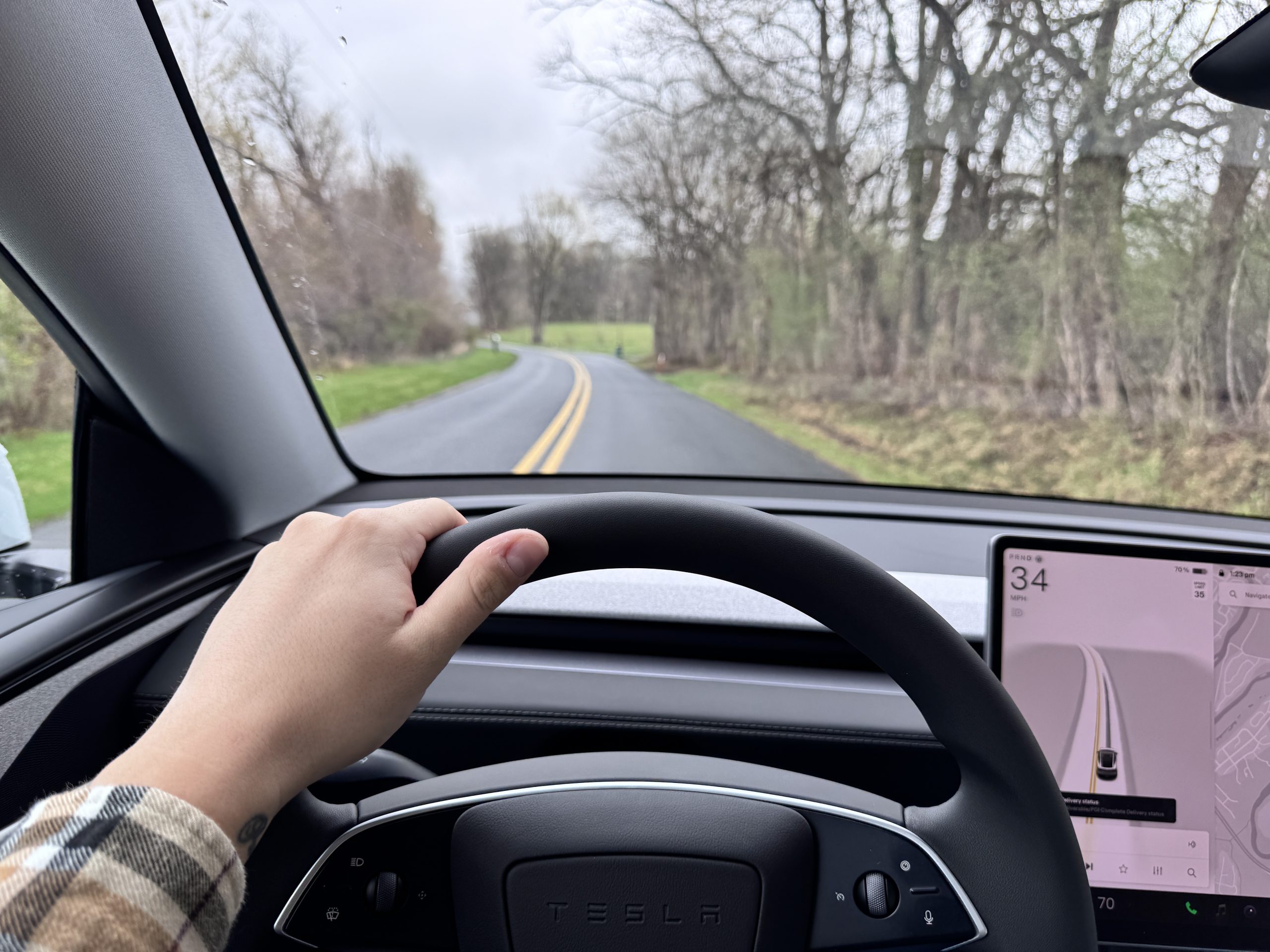
The ride feels solid but not rigid. It handles things like bumps, potholes, and other inconsistencies really well. It was never uncomfortable; it felt very sporty and responsive and hugged tight corners at higher speeds.
Room and Comfort
The vehicle was very spacious, and I had a lot of legroom in the back. I also liked the feel of the driver’s seat, and I felt like I was sitting in the cockpit of something sportier than a crossover. It was really very nice, and the seats seemed to hug you.
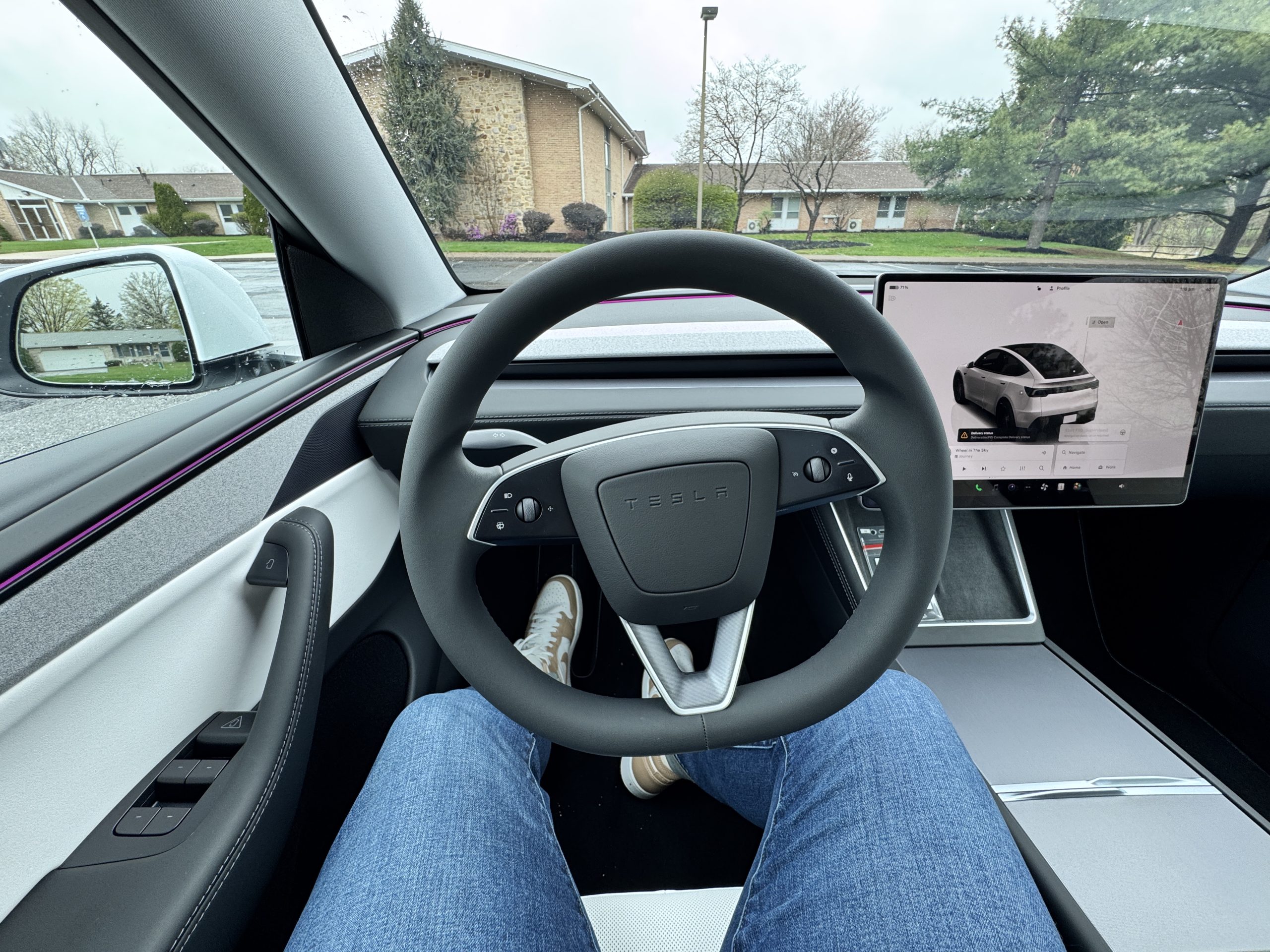
As far as the rear, it felt spacious and comfortable, and I wouldn’t worry about being stuck back there on a road trip that was 6-7 hours long.
The rear seats are heated, but the middle seat is not. The rear screen also gives occupants in the back of the car something to do, and Tesla even enabled multiple Bluetooth headsets the ability to connect to that center screen.
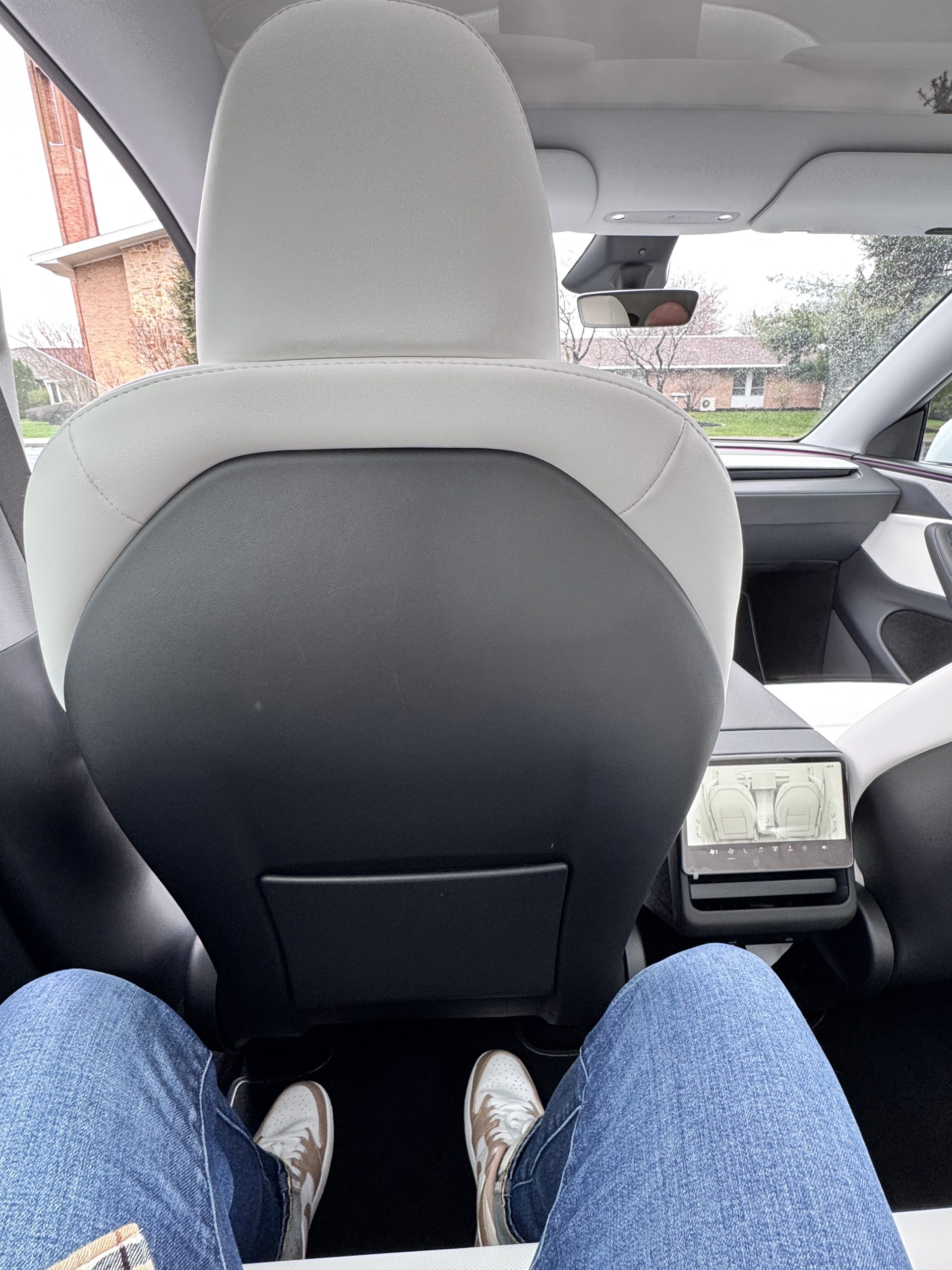
Other Tidbits
The small improvements from the new Model 3 are what really make the Model Y a great car. The previously mentioned ambient lighting fix is something that is great.
One other thing I really liked was that the trunk privacy cover now has a dedicated storage area, which is seen in the indentations here:
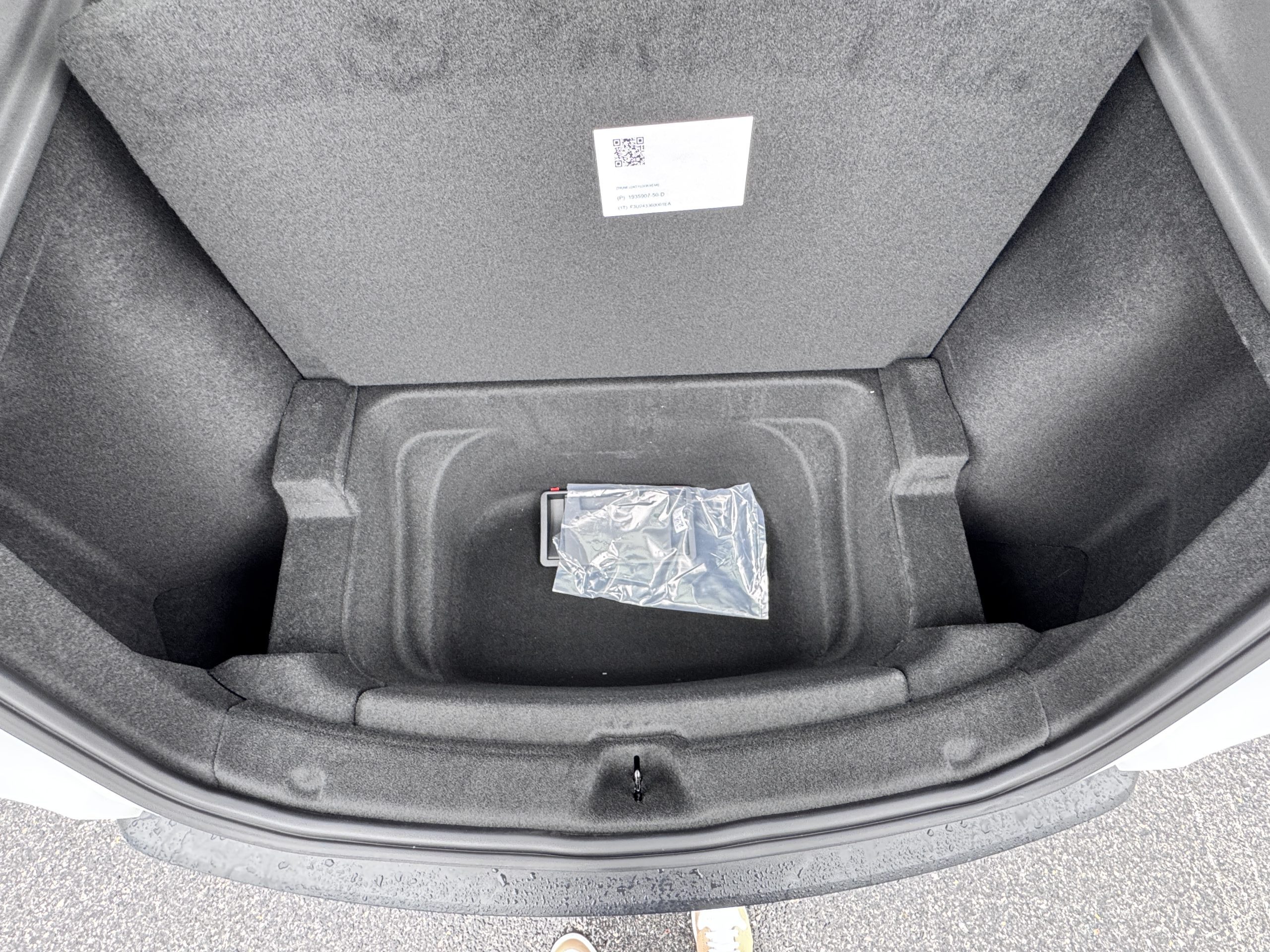
The trunk cover can be folded and removed and placed in those indentations, as opposed to sitting on floor of the trunk, potentially being bent and damaged by whatever you have back there.
This was one thing that was a nice touch.
Final Thoughts
All in all, I was very impressed with the new Model Y. It is undoubtedly better than what Tesla previously offered, and that car was the best-selling vehicle globally for two straight years. I would not be surprised to see many Legacy Model Y owners trade their cars in for this new version.
- The new Tesla Model Y taillight with no light
- The new Tesla Model Y taillight with taillight glow
There’s something to be said about a car that fits functionality and fun. The crossover design is popular because it offers so much more space than a sedan but is not the size of a massive, full-sized SUV.
The way this car drives is more like a sedan than a crossover, though, and how the suspension improvements really shine through is where this car is excellent and matches both the wants and needs of many.
While the Cybertruck is still my favorite Tesla to drive, the new Model Y is more accessible to more people and it truly was an awesome experience getting to run around in it for an afternoon.
News
Tesla cleared of some claims in Blade Runner lawsuit
A judge has ruled that the lawsuit can continue, despite dismissing certain parts of the allegations.
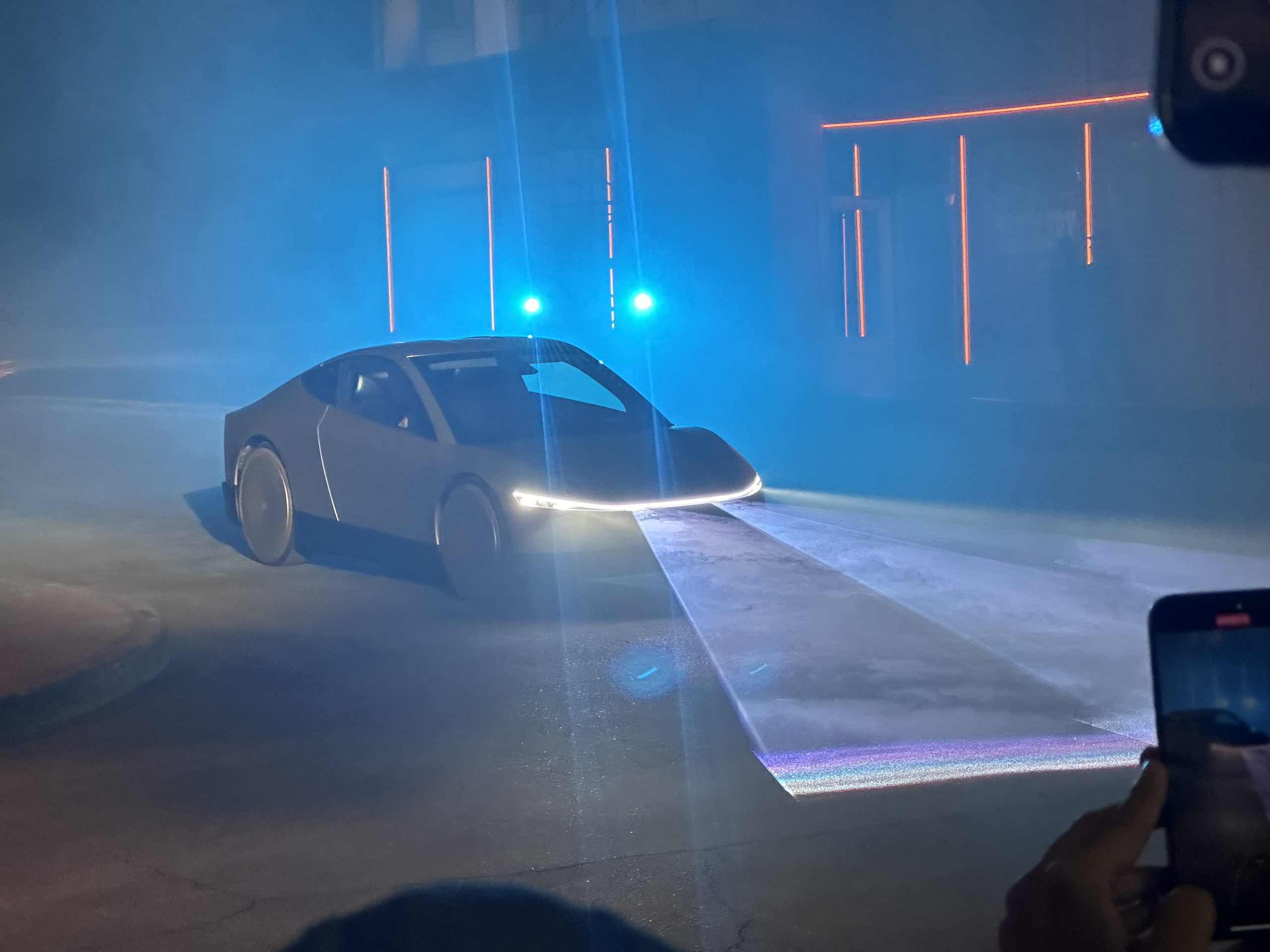
A judge has issued a tentative ruling dismissing some claims that Tesla and Warner Bros. violated trademark laws when using imagery from the film Blade Runner 2049 during an event in October.
Following the automaker’s “We, Robot” Cybercab launch event in October, movie studio Alcon Entertainment filed a lawsuit against Tesla and Warner Bros., claiming that the companies violated trademark and copyright laws with the use of Blade Runner 2049 imagery. On Monday, however, Los Angeles-based U.S. District Judge George Wu ruled to dismiss claims related to trademark infringement, while letting Alcon continue pursuing the copyright case (via Reuters).
The image in question was an AI-generated image of the futuristic world depicted in Blade Runner, which you can see below. Wu also went on to say that the event was only referencing the original Blade Runner movie, along with adding that Tesla and Alcon are not competing companies.
“Tesla and Musk are looking to sell cars,” Wu said. “Plaintiff is plainly not in that line of business.”
Alcon also claimed in the suit that Tesla and Warner Bros had requested rights to use images from the film last year, but said that the firm denied these requests.
At the time of writing, legal representatives for Tesla, Warner Bros, and Alcon have not yet responded to requests for comment. You can also see the full lawsuit below.
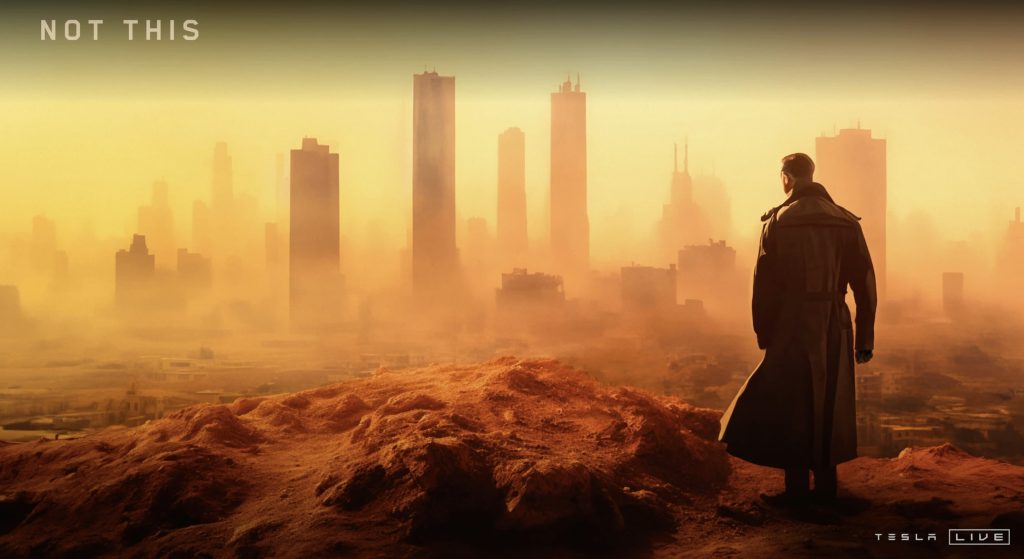
READ MORE ON TESLA’S WE, ROBOT EVENT: Elon Musk explains Tesla Robovan suspension system
Tesla unveiled its autonomous, two-seater Cybercab vehicle at the We, Robot event, along with a surprise unveiling of its larger Robovan. Teslarati was one of the first to be able to ride in the Cybercab at the event, and you can see our coverage of the ride below.
🎥: Our FULL first ride in the @Tesla Cybercab pic.twitter.com/6gR7OgKRCz
— TESLARATI (@Teslarati) October 11, 2024
During the event, Musk said that he was a fan of Blade Runner, though he also noted that he didn’t want to live in a dystopian world like that, but rather in one with an exciting future.
“So you see a lot of sci-fi movies where the future is dark and dismal, where it’s not a future you want to be in,” Musk said. “I love Blade Runner, but I don’t know if we want that future—I think we want that duster he’s wearing—but not the bleak apocalypse. We want to have a fun, exciting future.”
-
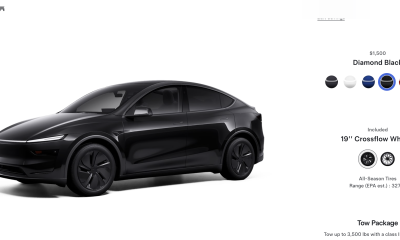
 News4 days ago
News4 days agoTesla rolls out new, more affordable trim of the Model Y Juniper in U.S.
-
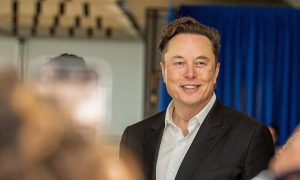
 Elon Musk2 weeks ago
Elon Musk2 weeks agoTesla CEO Elon Musk’s simple message to vandals
-
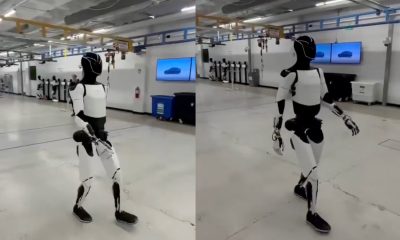
 News6 days ago
News6 days agoTesla shares Optimus’ improved walk in new update video
-
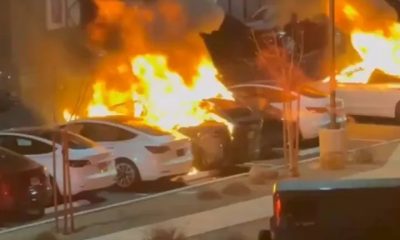
 Elon Musk2 weeks ago
Elon Musk2 weeks agoTesla vandal who lit Las Vegas repair center on fire arrested
-

 Elon Musk2 weeks ago
Elon Musk2 weeks agoElon Musk clarifies Trump tariff effect on Tesla: “The cost impact is not trivial”
-
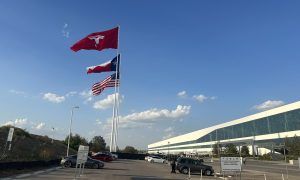
 News2 weeks ago
News2 weeks agoTesla US Gigafactories shields from Trump’s 25% Tariffs
-
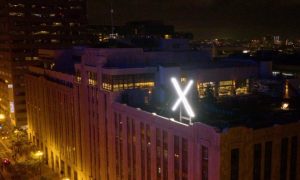
 Elon Musk1 week ago
Elon Musk1 week agoMusk says xAI has acquired X in $33 billion stock deal
-
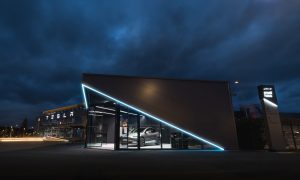
 Elon Musk5 days ago
Elon Musk5 days agoTesla Germany reports 4,935 units sold in Q1 2025
